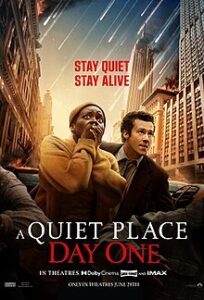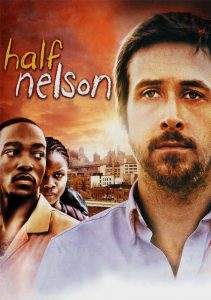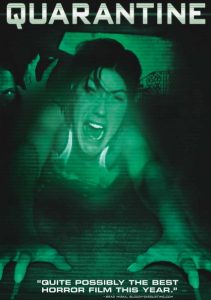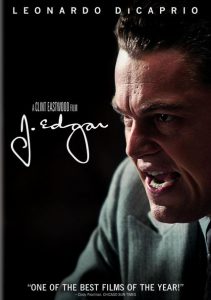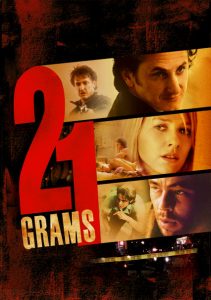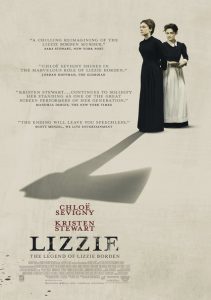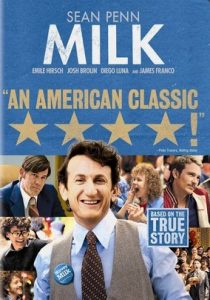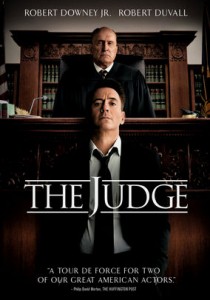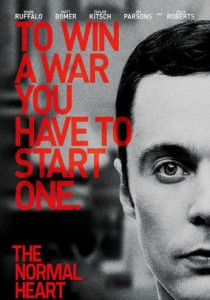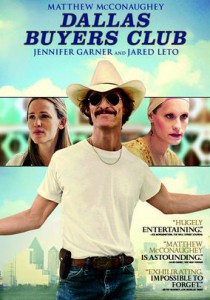A Quiet Place: Day One-2024
Director Michael Sarnoski
Starring Lupita Nyong’o, Joseph Quinn, Djimon Hounsou
Scott’s Review #1,440
Reviewed September 24, 2024
Grade: B+
I was skeptical about watching A Quiet Place: Day One (2024) since the John Krasinski and Emily Blunt team do not appear (on screen anyway). And let’s be honest, the third in a horror film series is not usually a revelation and is more often than not a money grab.
Be that as it may, I thoroughly enjoyed the film, and Krasinski does serve as a producer who invests in quality over convention.
It’s a prequel to the surprise hit A Quiet Place (2018), which once again brought the horror genre credibility, so it more or less sets the stage for what’s to come later in the events.
The setting of New York City is great. The loud and bustling city complements the hearing-infused theme and counterbalances the necessity for quiet, as viewers already know.
Oscar winner Lupita Nyong’o, who is having excellent success in the horror genre after appearing in Jordan Peele’s Us (2019), stars alongside an adorable cat who is a hell of an actor.
Nyong’o plays a terminally ill cancer patient named Sam, living out her days in a hospice facility. Depressed, she yearns for a trip to the Big Apple to live again, remembering how she would accompany her pianist father for pizza and a concert as a child.
When she goes on a field trip to see a puppet show in Manhattan with her primary nurse, the shit hits the fan. Frightening creatures appear out of nowhere to attack and terrorize the city.
Casting Nyong’o is a wise move for credibility. She’s an Oscar-winning actor and a great talent. Since the film requires silence, the actors must use facial expressions and body language to reveal emotions, which Nyong’o does well.
Sam experiences shock, horror, and wonderment as she glimpses the monsters and realizes the wrath of terror they are on. Nyong’o is up to the task.
She pairs well with actor Joseph Quinn as Eric, whom we know little about except that he is kind. The pair slinks around the city, doing their best to avoid death by a monster, and their relationship is tender but not predictable.
In a standard film, they would escape and conquer their foes, or a tepid romance might be added, but Sam is dying and intends to save Eric and her darling cat by any means necessary.
As a cat lover, I was immediately captured by Frodo’s incorporation. Not only does it make sense for a terminally ill cancer patient to cling to a furry friend, but the scenes of Sam losing Frodo and finding him again had me in tears.
How many horror films have that effect?
Suspension of disbelief is required in certain scenes. There is no way a cat would passively agree to be cradled by its owner underwater, especially in a sewer or the Hudson River. But it’s fun to pretend.
Despite being a good movie, A Quiet Place: Day One has few surprises from a story perspective, and A Quiet Place (2018) is the best of the trio of films.
However, this film sets up the events in the others and has a better story angle than merely continuing where Part II left off.
In a nice nod, Djimon Hounsou reprises his role from Part II, so we know where the character originates, but he has little to do. Perhaps if there is another installment, it may center around him.
The visual and special effects marvel and provide jumps and frights in the right places. Thunderous outbursts of mayhem balance the ‘quiet’ moments.
For a third installment, A Quiet Place: Day One (2024) keeps the story character-driven as we follow a day in Sam’s life and her journey. This is the key to the success of these John Krasinski-created films.
